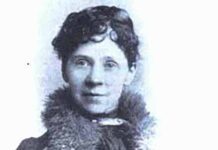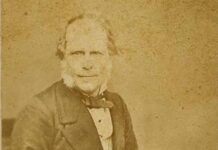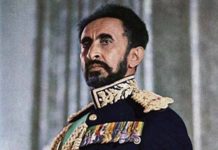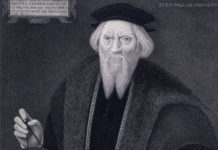His air brakes and other railroad signal and safety inventions made rail transport faster, safer, and more efficient.
George Westinghouse was a prolific inventor. In his lifetime he had over 360 patents to his credit. He is best known for his invention in 1868 of an air brake for railway trains. This invention went through several incarnations and modifications, but it was a revolutionary invention for railways as it allowed trains to travel at higher speeds more safely. This increased the efficiency of rail transport, but made scheduling, signaling, and switching more important. Many of his later inventions addressed these issues, and continued to increase the speed, efficiency, and safety of rail transportation.
Later in his life he became associated with the Nikola Tesla whose revolutionary electrical inventions could almost be said to make him the James Watt of his century. Tesla’s experiments with AC current led to Westinghouse’s ability to contract for and build a hydroelectric power station at Niagara Falls to power the city of Buffalo in his native state of New York. He is also famous as an early industrialist important in the development of Pittsburgh, Pennsylvania as an industrial center. He was involved in multiple international ventures as well, and built a huge empire of manufacturing and other companies.
He is primarily responsible for winning the battle against Thomas Edison to make AC power rather than DC the primary type of electric current used in America. His demonstrations at the Chicago Exposition, and his Niagara Falls generating station were proof that AC could be generated and conducted over long distance more effectively and cheaply than the DC power which Edison favored. Edison pointed to the use of AC as the lethal force for New York’s new electric chair, and questioned its safety. With Westinghouse’s transformers, AC would eventually win the battle, and overcome safety concerns to become the type of electricity used in an ever expanding power grid which would revolutionize how Americans would live their lives.
Westinghouse lost control of most of his companies after the financial panic of 1907, and his time as a major industrial figure was over. He spent most of his last years in government positions, but did find time in 1910 to patent his last major invention, a compressed air shock absorber for automobiles. The great inventor died in 1914 of natural causes. Railways, electric lights, AC power grids, electric generators, transformers. and much more received contributions from his personal genius for invention. Every American of the twentieth century has known his name, although in many cases the companies using his name were no longer under the control the Westinghouse family.








